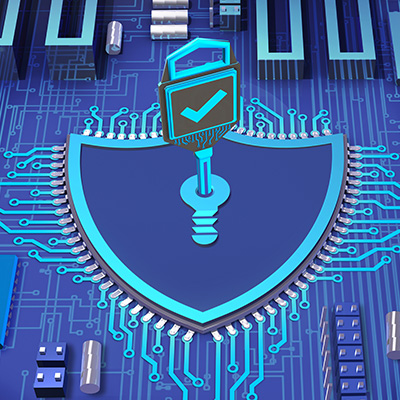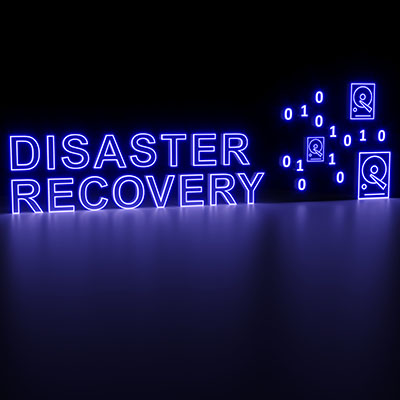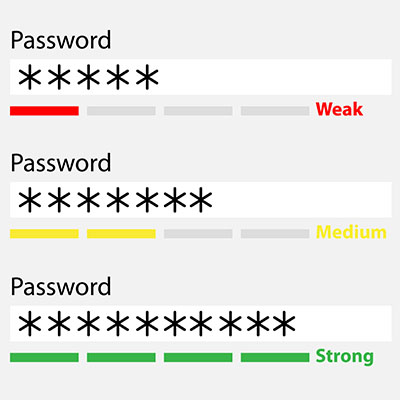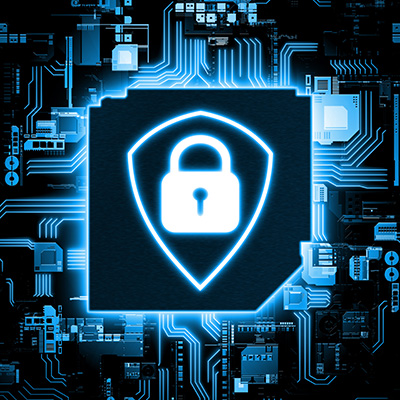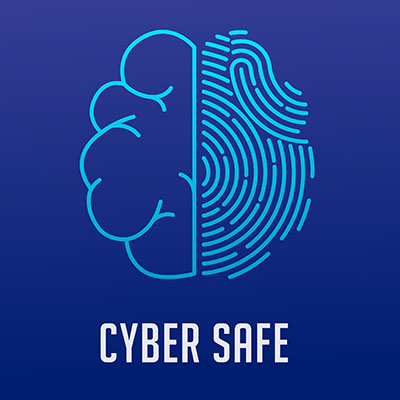Cyberattacks are horrifically dangerous to any business, especially for small ones that might not have the resources to protect themselves with top-dollar solutions or preventative solutions to bounce back afterward. Today, we want to explore what really causes cyberattacks and how even slight changes to behaviors and situations can be indicative of danger.
Data is commonly regarded as one of a business’ most valuable resources. As such, it is critical that you protect it from threats of all kinds, including data leaks. Data leaks are nothing to take lightly, as their impacts range from a serious hit to your business’ reputation to an equally serious hit to your business’ finances. Obviously, this is something to be avoided, so let’s discuss how you can do so.
The modern worker has a lot of challenges and one of them is a laundry list of tasks to accomplish. For this reason, it’s best to have a plan for tackling your to-do list. One of the most effective ways to prioritize tasks is through what is called the Eisenhower Matrix. Inspired by a speech given by the former President of the United States and the Supreme Commander of the Allied Expeditionary Force in World War II, the Eisenhower Matrix simplifies complex task lists to make getting through them more effective. Let’s take a look at how it works.
The IT infrastructure of any business can be complicated, especially if you’re going about things the right way. In fact, managing your technology is, more often than not, a full-time job that needs to be fulfilled in order to be done appropriately. Let’s go over some of the key parts of managing and maintaining a business IT infrastructure, and while we cover these tasks, ask yourself if you’re 100% confident that they are happening for your business.
Look, we know that thinking about disasters can be a nerve-wracking experience, but you need to acknowledge that your organization is constantly in danger of becoming subverted by challenges outside your control. While you might not be able to stop a disaster from striking, you can be prepared for when it does strike, as well as how you respond to it. Let’s go over some of the methods you can use to ensure you have a plan in place.
For the growing business, doing the right things to secure your network and data is a constantly evolving situation. For larger businesses, they tend to approach the situation with a different perspective. They plan out the whole process. This is what is called enterprise security. Let’s take a look at what enterprise security entails and how the little guy can benefit from doing things like larger companies do them.
If you’re anything like me, you’ve always got a thought in the back of your head regarding your business and how you can make it more productive. While there are a lot of different ways you can do so, we wanted to focus on one that might not be the first to come to mind: communicate more.
Cybersecurity has never been more important. There are millions of scams sent out every day that are ultimately targeting you and your employees’ password-secured accounts. Today, we are going to give you some tips on how to create passwords that work best to protect your data and information systems.
Admit it, you don’t know all that much about cybersecurity. In this blog, we spend a lot of time discussing security issues. After all, today there are more threats than ever and many different types of problems that IT administrators, business decision-makers, and even individual employees have to deal with. Over the next two weeks, we have decided to discuss the reality of cybersecurity and what you need to know to get out in front of it.
Cybersecurity, to many, can sound inherently complicated—complicated enough, perhaps, that many may elect to put it off for as long as they can, or even choose to go without it. Even without our obvious bias factoring into our considerations, this is a bad idea. Let’s go over some basic security practices that are simple to enact, but can easily make a world of difference for your security.
- 1
- 2

